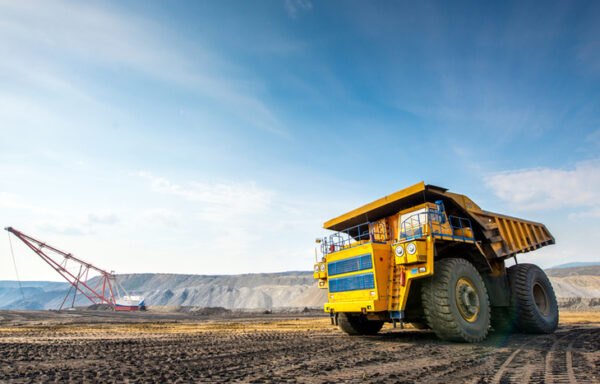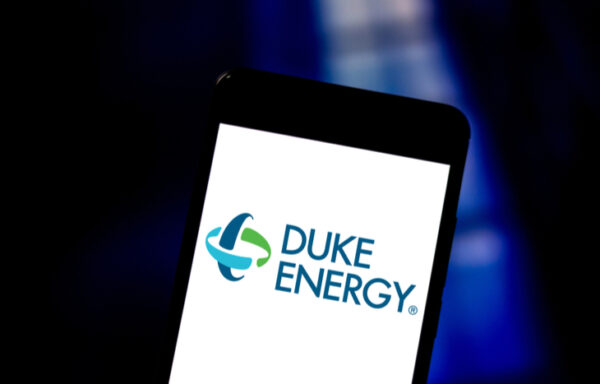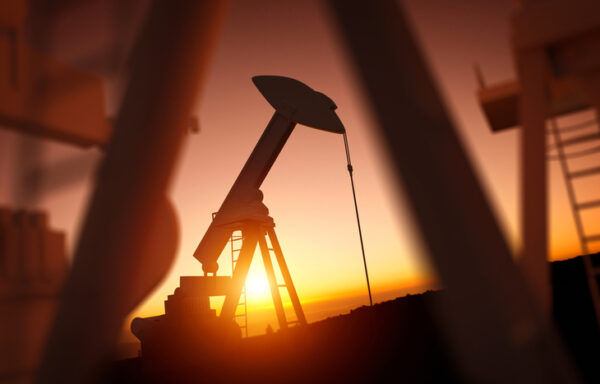Natural Gas in Pennsylvania: A 21st-Century Energy Revolution
I’ve lived my entire life in Pennsylvania. My family and I have a 68-acre farm in the northeastern part of the state.
My home state played a critical role in our nation’s history. Back in 1698, in a letter to William Penn, colonist Gabriel Thomas wrote that he believed Pennsylvania had great reserves of coal.
That anthracite coal eventually fueled the Industrial Revolution of the 19th century. Today, another revolution is underway… an energy revolution.
And Pennsylvania is once again playing a critical role.
The Transition Fuel
While the 20th century was dominated by fossil fuels, the 21st century is shaping up to be the age of renewables. And natural gas-fired plants are bridging the gap.
Long term, I believe our nation’s energy supply will come from renewable sources. Utilities are already installing large amounts of solar, wind and battery storage.
But moving to renewables takes time. Probably several decades, at a minimum.
Meanwhile, natural gas has emerged as the transition fuel that will take us to renewables. Its greenhouse gas emissions are only a fraction of coal’s.
Plus, natural gas-fired power plants cost less to build and are cheaper to operate than existing coal-fired plants.
Over the last three years, Pennsylvania utilities have built no fewer than 16 new natural gas-fired generating plants.
The total cost of that undertaking was $15 billion. That’s less than the cost of one nuclear power plant!
Pennsylvania isn’t the only state replacing old coal-fired plants. From 2010 through March 2019, U.S. utilities retired or announced the closure of more than 546 coal-fired plants.
The generating capacity of these plants was roughly 102 gigawatts (GW). Between now and 2025, we’ll see at least 17 GW more retired.
It’s all good news for Pennsylvania and U.S. natural gas suppliers. But demand isn’t just coming from new gas-fired power plants.
The U.S. liquid natural gas (LNG) export market is growing by leaps and bounds.

Cheniere Energy (NYSE: LNG) is the pioneer LNG producer in the Lower 48. Today, it’s responsible for about two-thirds of the more than 5 billion cubic feet per day of natural gas we export.
And there are plenty of additional companies, including Dominion Energy (NYSE: D), planning LNG export facilities. It all bodes well for Pennsylvania’s growing natural gas supply.
The Investing Angle
If you want to tap into the growth of natural gas coming out of the U.S., one option would be to purchase shares of exploration and production companies that focus on natural gas.
Additionally, you should consider buying shares of one or more natural gas pipeline operators.
They get paid by the volume of gas shipped. And that volume is increasing. Operators can’t build pipelines fast enough to increase takeaway capacity.
As revenue grows, so do share prices and dividends.
At the end of the day, that’s what investors are really looking for.
[adzerk-get-ad zone="245143" size="4"]




